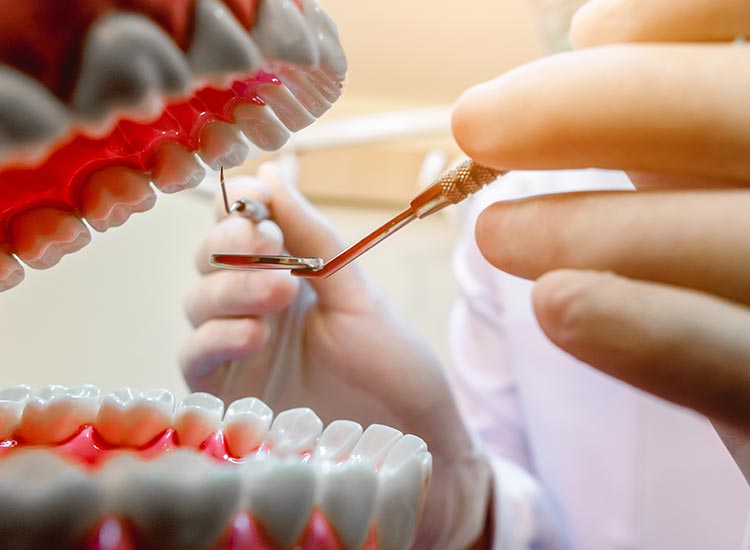How painful is periodontal work?
Periodontal work is generally not painful during the procedure thanks to local anesthesia, but some mild discomfort can be expected during recovery.
Key Points to Consider:
-
Local anesthesia is used to numb the treatment area.
-
Discomfort after treatment is usually mild and manageable.
-
Over-the-counter pain relievers often help ease post-procedure soreness.
-
Healing times vary depending on the type of periodontal work.
-
Following aftercare instructions can significantly reduce discomfort.

Understanding Pain During Periodontal Treatment
Local Anesthesia Ensures a Comfortable Experience
Most periodontal procedures, including deep cleanings and gum surgery, are performed under local anesthesia. This ensures that patients feel little to no pain during the actual treatment. Dentists and periodontists are skilled at keeping patients comfortable through the entire process.
For patients with dental anxiety or more extensive treatment plans, sedation options are also available. Discussing your comfort concerns with your provider ahead of time can help them select the best pain management approach for your needs.

Understanding Pain After Periodontal Treatment
Post-Procedure Discomfort and Healing
After the numbness wears off, it’s normal to feel some tenderness or swelling in the treated area. Most patients describe the sensation as mild to moderate soreness, which typically lasts a few days. Over-the-counter medications like ibuprofen can usually manage this discomfort effectively.
Following your periodontist’s aftercare advice — such as using saltwater rinses, eating soft foods, and avoiding vigorous brushing — can speed up recovery. If pain increases or persists beyond a few days, it’s important to contact your dental provider for guidance.
If you’re concerned about pain during periodontal treatment, speak with your dentist or periodontist about the comfort options available. Modern techniques make it easier than ever to protect your smile with minimal discomfort!
